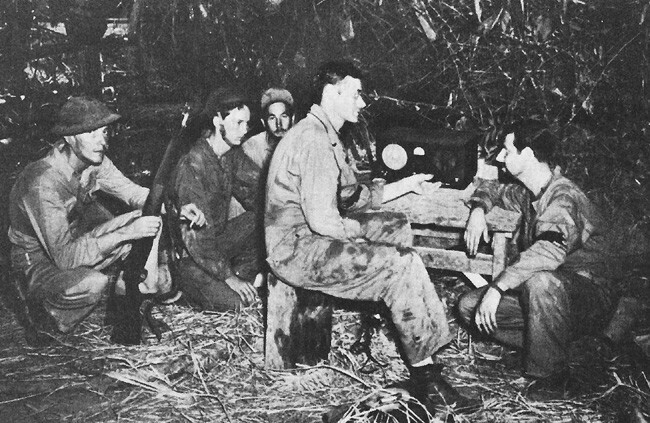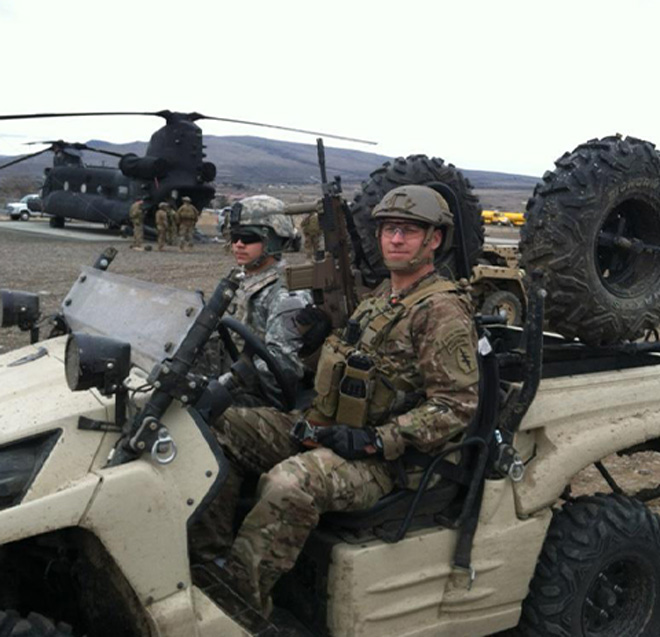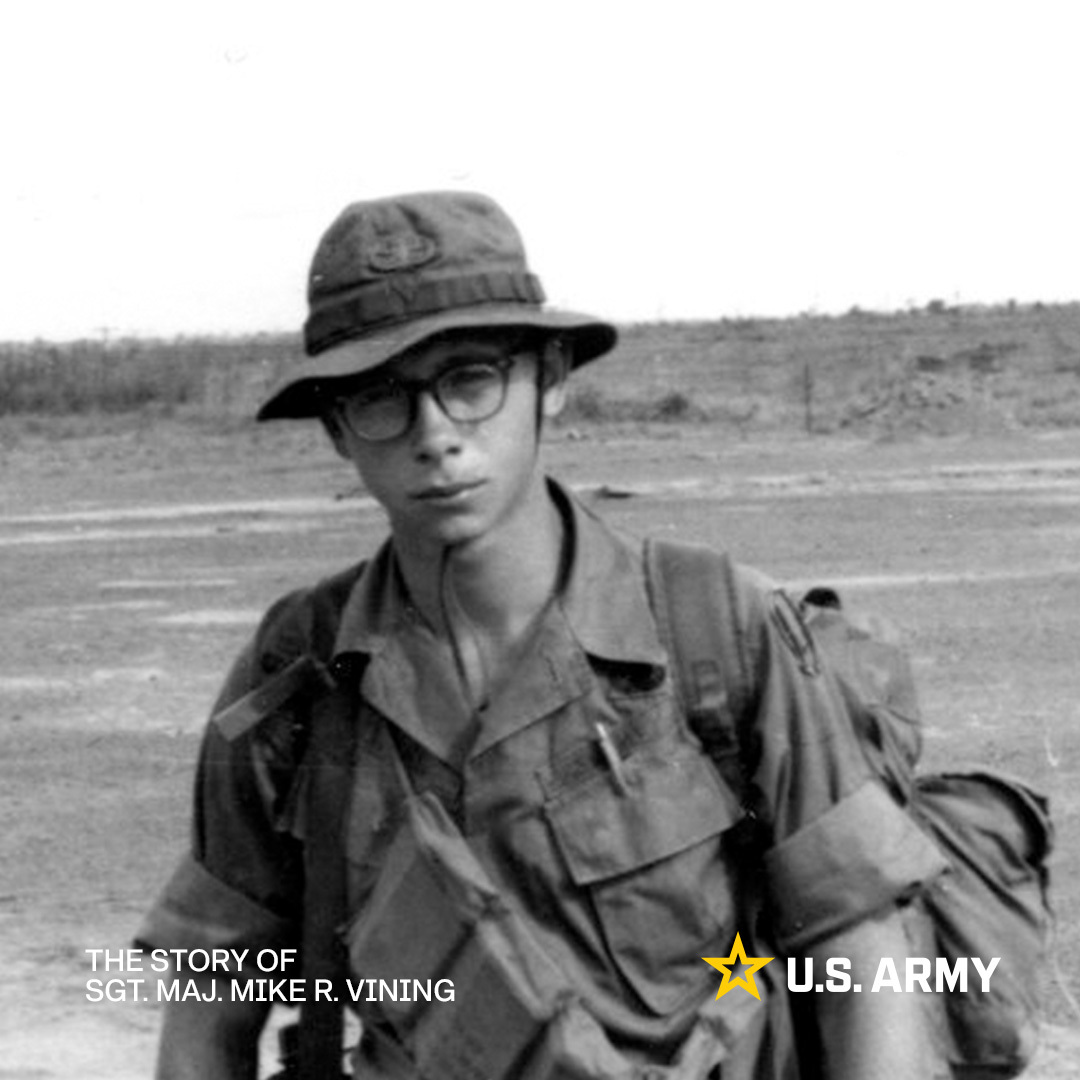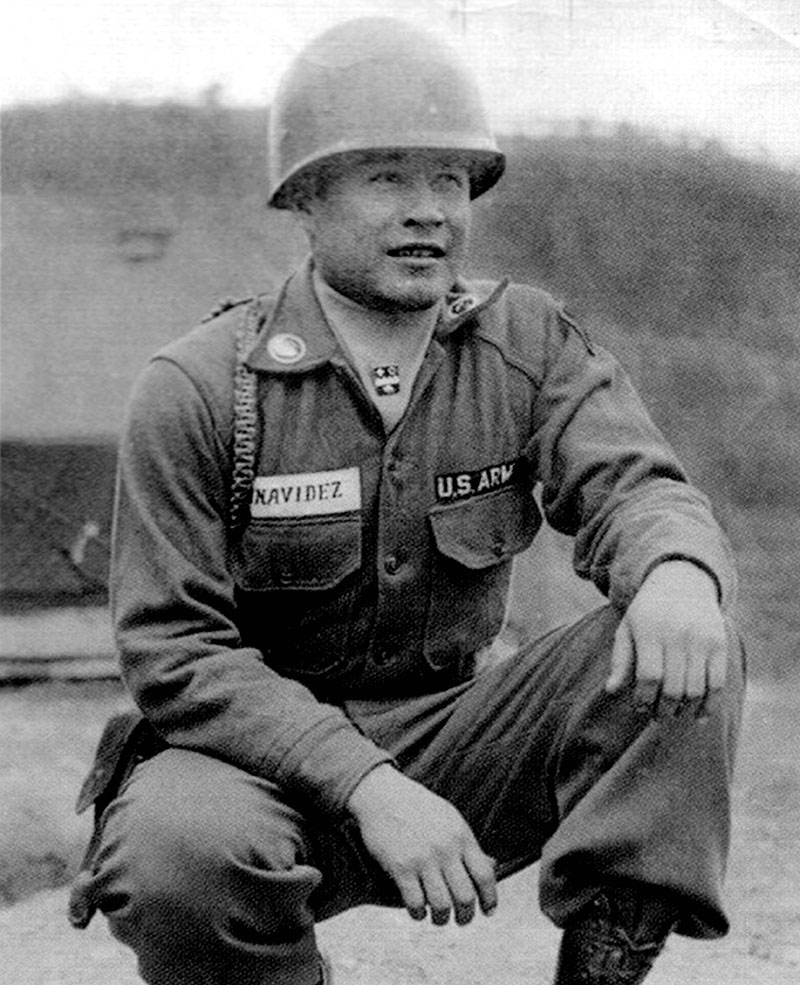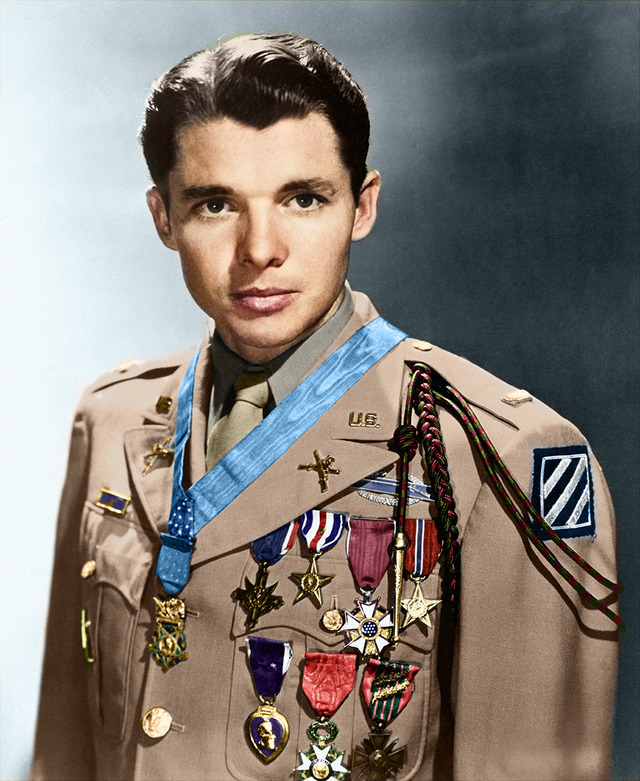We have quite the story to tell on #NationalBirdDay.
We present The Story of Old Abe.
The symbol of the Screaming Eagles, @101stAASLTDIV
We present The Story of Old Abe.
The symbol of the Screaming Eagles, @101stAASLTDIV

The Screaming Eagle insignia of the @101stAASLTDIV is perhaps the most recognized and famous shoulder sleeve insignia in the United States Army. 

However the history and symbolism of the patch is often forgotten. The eagle on your shoulder is not just any American Bald Eagle, but instead, it commemorates the most famous animal mascot that ever served in the United States Army. 

In 1861, an American Indian named Ahgamahwegezhig cut down a tree in an attempt to capture two American Bald Eaglets in their nest. Chief Sky later traded the surviving eaglet to Daniel McCann of Eagle Point, Wisc., for a bushel of corn. 

McCann took the bird to Eau Claire, Wisc., and briefly kept it as a family pet. Caged inside an oaken cask, the bird grew larger and quickly became too expensive to feed. 

McCann actively sought to sell the as yet unnamed bird to the many units of Wisconsin troops passing through the area enroute to their muster site at Camp Randall in Madison, Wisc. 

After many unsuccessful attempts to rid himself of the bird, McCann eventually sold the eagle for $2.50 to Capt. John E. Perkins, commanding officer of a militia company called the "Eau Claire Badgers." 

Perkins' unit entered federal service and was re-designated as Company C, 8th Wisconsin Volunteer Infantry Regiment. The Eau Claire Eagles' mascot was adopted by the new Regiment which was nicknamed the “Eagle Regiment.” 

During its time awaiting muster into Federal service at Camp Randall, the 8th Wisconsin Volunteer Infantry Regiment purchased a special, shield-shaped perch to carry their mascot. 

It was here, in Madison, Wisconsin where “Old Abe” was named in honor of our 16th President, Abraham Lincoln. 

The 8th Wisconsin Volunteer Infantry Regiment spent its entire military service in what was then known as the Western Theater of the American Civil War. 

“Old Abe” was present during all the 8th Wisconsin's battles and was carried into combat by a sergeant on a special perch alongside the 8th Wisconsin's National and Regimental colors. 

Seeing “Old Abe” atop his perch during the battle of Corinth, Mississippi, Confederate General Sterling Price remarked, “that bird must be captured or killed at all hazards, I would rather get that eagle than capture a whole brigade or a dozen battle flags.” 

During his service, the 8th Wisconsin participated in many battles. Among these were the battles of: Iuka; Corinth; Island Number 10; Big Black; Champion's Hill; the Red River and Meridian expeditions; and the Battle of Nashville.
"Old Abe" was there every step of the way.
"Old Abe" was there every step of the way.

The 8th Wisconsin's most famous fight came in June 1863, when the regiment participated in a futile frontal assault along Vicksburg's Graveyard Road. 

"Old Abe" and his regiment, then part of Mower's Brigade, failed to penetrate the center of the Confederate fortifications near a 90-degree bend in the Confederate defensive positions known as Stockade Redan. 

Their enlistments having expired, the men of the 8th Wisconsin were mustered out of federal service in late-1864. The 8th Wisconsin Volunteer Infantry Regiment was no more. 

On Sept. 26th, 1864, a contingent of 70 8th Wisconsin veterans marched "Old Abe" to the state and presented him to Governor James Lewis. "Old Abe" was donated to the people of Wisconsin by the loving comrades alongside whom he had fought for four years. 

In 1865 an enterprising Chicagoan, capitalizing on "Old Abe's" fame, sought to enlist him in support of the United Sanitary Commission's efforts to provide aid and comfort to wounded Veterans. 

Thus the "Army of the American Eagle" was formed. Children were "enlisted" to sell paper photographs of "Old Abe" in much the same way that schools raise funds today. Proceeds from the sale of these photographs went to benefit local veteran's charities. 

The Wisconsin War Eagle's postwar life was punctuated by frequent nationwide travel in support of veteran reunions, patriotic gatherings, Soldier relief benefits, and special exhibitions during which he achieved a rock-star like status. 

"Old Abe" lived out the remainder of his life in an aviary in the Capitol building. In 1881, a fire broke out in a paint storage area near "Old Abe's" aviary. A month later the famous Wisconsin War Eagle, weakened by fumes, died in the arms of his handler, George Gilles. 

• • •
Missing some Tweet in this thread? You can try to
force a refresh







